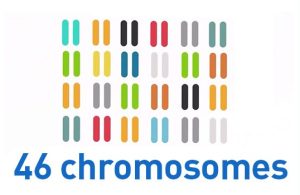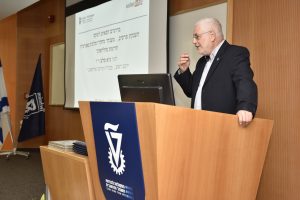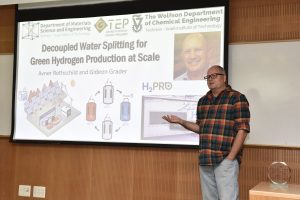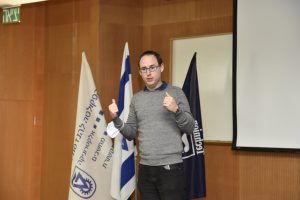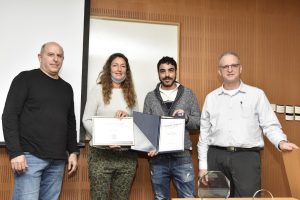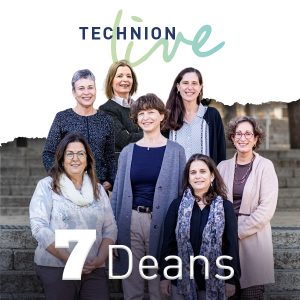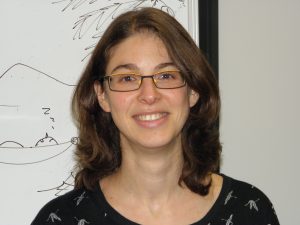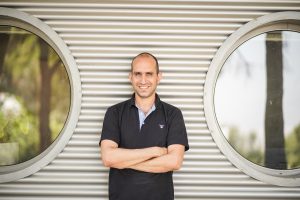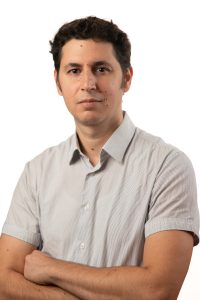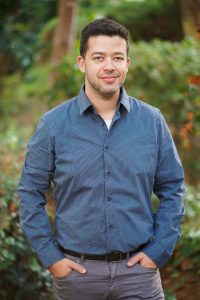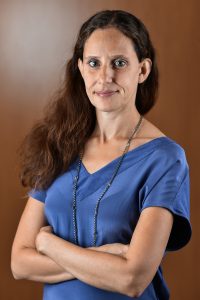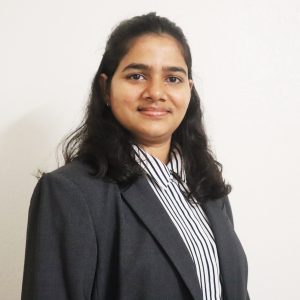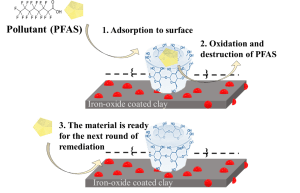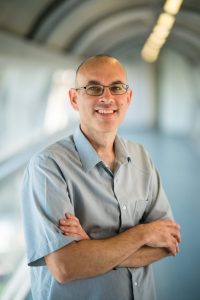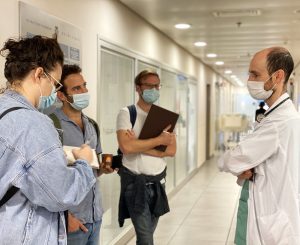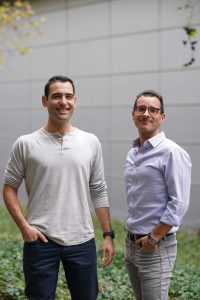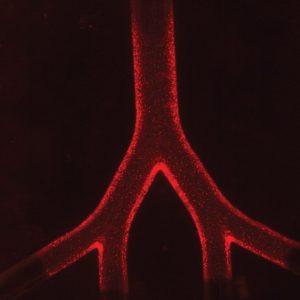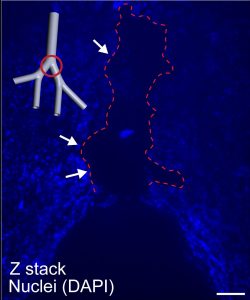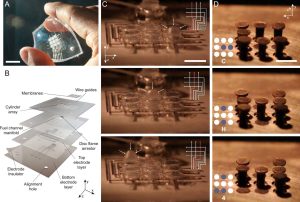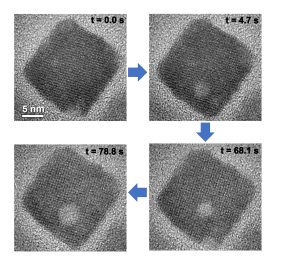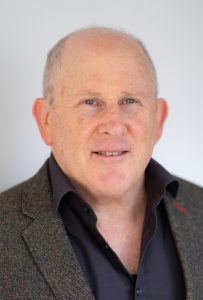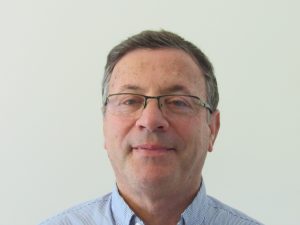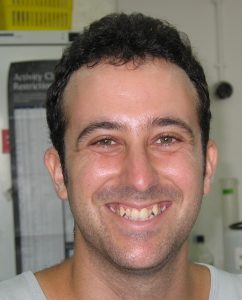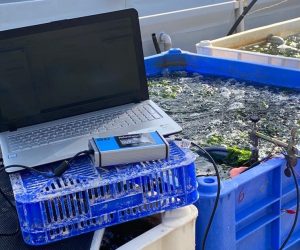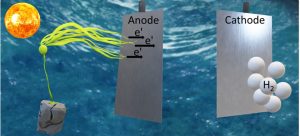Genetic counseling is a complex medical process that includes an explanation of genetic principles and hereditary diseases, risk calculations, and relevant tests. The knowledge revolution in the field of medical genetics makes these conversations increasingly challenging, both for consultants and patients, who need to digest new, complex, and medically complicated information, and translate it into more concrete steps and decisions with deep personal implications for individuals and families. Informed decisions are based on available information, as well as on a wide range of personal factors, including cultural, moral, and religious perspectives.
Genetic counseling is an important service whose availability becomes more and more limited due to a shortage in professionals, the increasing length of time needed for each session, and restricted access to a genetic counseling service in certain geographic areas. These challenges are even more significant in a multicultural population with diverse educational levels, and a poor understanding of genetics. The recent epidemic has added another layer of difficulties in accessing the service.
Olfat Abuleil-Zoubi and Chen Gafni-Amsalem, both studying for a Ph.D. in the Technion’s Rappaport Faculty of Medicine and working together at the HaEmek Medical Center’s Genetic Institute, have developed an approach to make it easier for consultants and patients to streamline the process. They examined whether the use of digital tools, such as professional animations they developed on selected topics, affect the outcome of genetic counseling. They compared the effect of these animations to counseling without prior intervention, as is the current practice, as well as to the effect of reading an information booklet on the subject prior to counseling, as a more “traditional” educational tool.
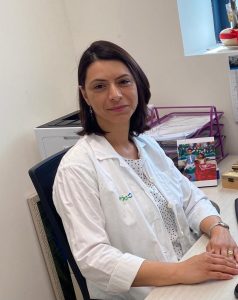
Abuleil-Zoubi and Gafni-Amsalem were supervised by the director of the Institute, Clinical Professor Stavit Shalev from the Faculty of Medicine, and Professor Ayelet Baram-Tsabari from the Faculty of Education in Science and Technology. According to Prof. Shalev, “Genetic testing is a process that affects not only those being tested but also their family members and sometimes the wider community as well. The process can generate many concerns, so the access to information and full understanding of the whole medical picture, is very important. These are topics that are very diverse and personal, such as deciding whether to marry a partner, whether to endanger a pregnancy with an invasive test, or whether to terminate a pregnancy due to diagnosis of a particular genetic condition. They’re decisions that have far-reaching implications. Effective communication between service providers and recipients is critical to a successful process, at the end of which patients will make an informed personal decision, appropriate for them, based on the knowledge and information they acquired during the consultation.”
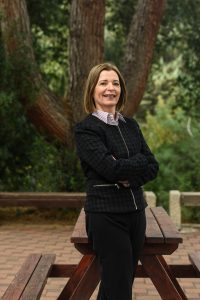
The two students selected ten relevant topics within genetic counseling and made an animated video for each one containing information and guidance on the specific content. Altogether they produced 20 videos – each topic in both Hebrew and Arabic. “The need for early preparation for counseling has been made clear to us by the people who come to the Genetics Institute for advice,” said Zoabi. “We all know that knowledge is power, and the knowledge relevant to the important decisions related to pregnancy and birth allows people to make more informed decisions in line with their worldview. Furthermore, it is now clear to us that knowledge may help alleviate the concerns associated with the process.”
The trial involved 1,380 patients, some of whom came in for counseling due to abnormal findings during pregnancy and some on other issues, such as genetic screening tests, advanced age of the mother, conditions of family members, and fertility defects. Gafni-Amsalem explained that “although reading explanatory pamphlets has been found to be effective, the animations have been found to be much more effective, especially among less educated populations with poor understanding on genetics.”
“We expect people to make informed decisions about their health,” said Prof. Baram-Tsabari, “but that moment of receiving surprising news in the genetic counselor’s office is probably not the best time to learn the basic concepts of genetics. Making the relevant science accessible, and only the relevant science, in a clear and non-threatening way at a time convenient for the patient to digest, makes it easier for them to make an informed decision.”
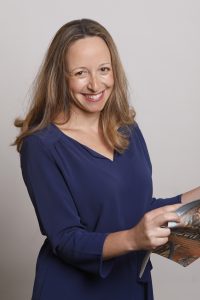
Gafni- Amsalem agreed. “The importance of accessing information digitally is particularly relevant today, after a long pandemic that has made it difficult to hold in-person consultations,” she said. “Using animation as a preparatory stage for genetic counseling has many advantages such as being consistent, accurate and reliable, and can be consumed at a time, place – and pace – comfortable to the user, to ensure optimal user experience. Today, digital tools are part of our daily personal and social behavior and digesting the material on a phone prior to a hospital appointment is very normal for our patients.”
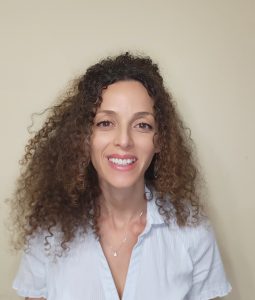
“In the experiment, we showed the patients the videos while they were with us at the Institute of Genetics, but following its success, we began to routinely send the digital files to patients’ phones before genetic counseling,” Prof. Stavit said. “Considering the success of the intervention, we plan to roll-out this approach to all patients as part of the general health service in Israel.”
The videos (in Hebrew) can be viewed here.

